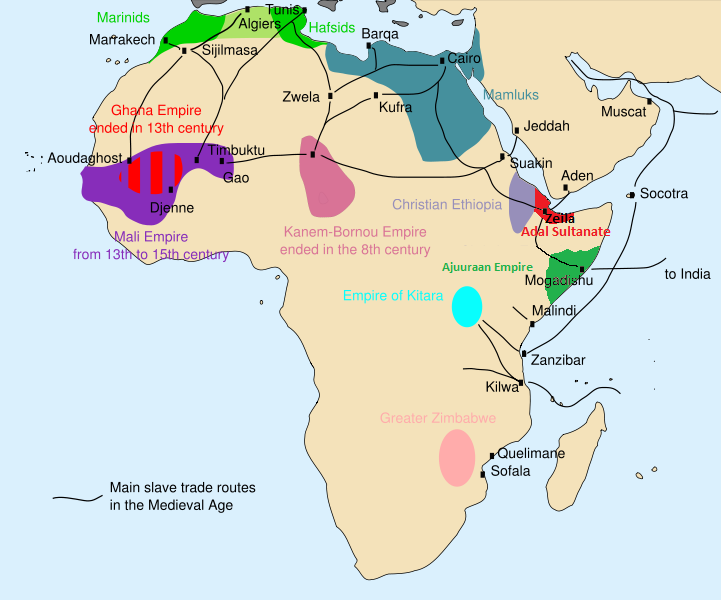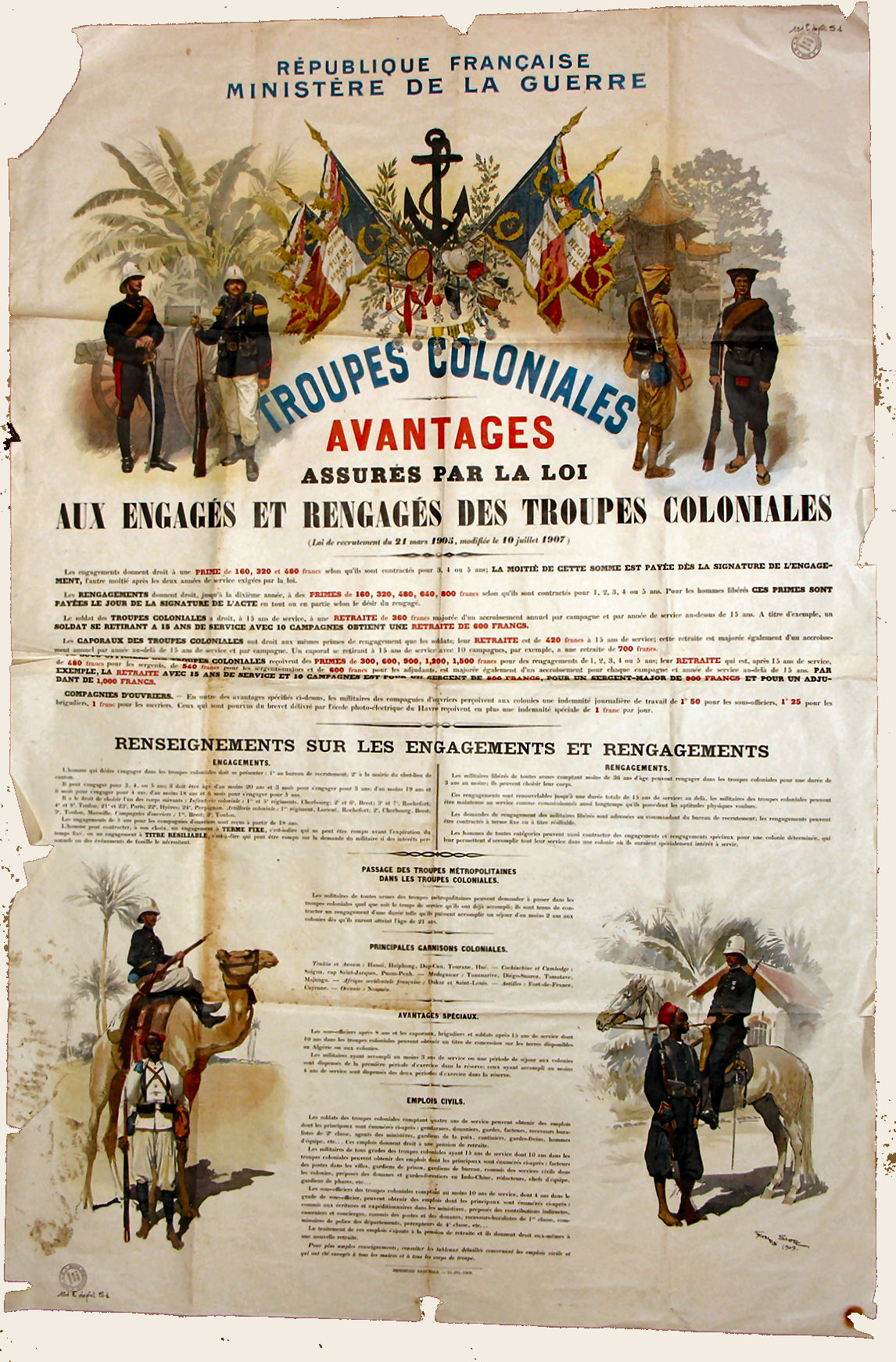|
Edmond Louis Alexis Dubois-Crancé
Edmond Louis Alexis Dubois-Crancé (; 14 October 1747 – 28 June 1814) was a French musketeer, general, and revolutionary politician who served for a few months as minister of war. Family life Born in Charleville, Ardennes, he was at first a musketeer, then a lieutenant of the ''Marchaux'' (guardsmen of the ''Ancien Régime''), and embraced Liberalism. National and Constituent Assemblies At the start of the French Revolution in 1789, he was elected deputy to the States-General by the Third Estate of Vitry-le-François, and joined the National Assembly (his portrait stands in the foreground in Jacques-Louis David's celebrated sketch of the '' Oath of the Tennis Court''). In the Constituent Assembly, of which he was named secretary in November, Dubois-Crancé carried out activities in support of military reforms. He aimed for the replacement of the old military system, one of promotions on the basis of aristocratic origin and reliance on mercenaries, replaced by an or ... [...More Info...] [...Related Items...] OR: [Wikipedia] [Google] [Baidu] |
National Assembly (French Revolution)
During the French Revolution, the National Assembly (french: Assemblée nationale), which existed from 17 June 1789 to 29 September 1791, was a revolutionary assembly of the Kingdom of France formed by the representatives of the Third Estate (commoners) of the Estates-General. Thereafter (until replaced by the Legislative Assembly on 30 Sept 1791), it was known as the National Constituent Assembly (), although the shorter form was favored. Background The Estates-General had been called on 5 May 1789 to manage France's financial crisis, but promptly fell to squabbling over its own structure. Its members had been elected to represent the estates of the realm: the 1st Estate (the clergy), the 2nd Estate (the nobility) and the 3rd Estate (which, in theory, represented all of the commoners and, in practice, represented the bourgeoisie). The Third Estate had been granted "double representation"—that is, twice as many delegates as each of the other feudal estates—but at t ... [...More Info...] [...Related Items...] OR: [Wikipedia] [Google] [Baidu] |
First French Republic
In the history of France, the First Republic (french: Première République), sometimes referred to in historiography as Revolutionary France, and officially the French Republic (french: République française), was founded on 21 September 1792 during the French Revolution. The First Republic lasted until the declaration of the First Empire on 18 May 1804 under Napoléon Bonaparte, although the form of the government changed several times. This period was characterized by the fall of the monarchy, the establishment of the National Convention and the Reign of Terror, the Thermidorian Reaction and the founding of the Directory, and, finally, the creation of the Consulate and Napoleon's rise to power. End of the monarchy in France Under the Legislative Assembly, which was in power before the proclamation of the First Republic, France was engaged in war with Prussia and Austria. In July 1792, the Duke of Brunswick, commanding general of the Austro–Prussian Army, issued hi ... [...More Info...] [...Related Items...] OR: [Wikipedia] [Google] [Baidu] |
Grenadier (soldier)
A grenadier ( , ; derived from the word ''grenade'') was originally a specialist soldier who threw hand grenades in battle. The distinct combat function of the grenadier was established in the mid-17th century, when grenadiers were recruited from among the strongest and largest soldiers. By the 18th century, the grenadier dedicated to throwing hand grenades had become a less necessary specialist, yet in battle, the grenadiers were the physically robust soldiers who led assaults, such as storming fortifications in the course of siege warfare. Certain countries such as France (Grenadiers à Cheval de la Garde Impériale) and Argentina (Regiment of Mounted Grenadiers) established units of Horse Grenadiers and for a time the British Army had Horse Grenadier Guards. Like their infantry grenadier counterparts, these horse-mounted soldiers were chosen for their size and strength (heavy cavalry). Today, the term is also used to describe a soldier armed with a grenade launcher, a weapon ... [...More Info...] [...Related Items...] OR: [Wikipedia] [Google] [Baidu] |
Gilbert Du Motier, Marquis De La Fayette
Marie-Joseph Paul Yves Roch Gilbert du Motier, Marquis de La Fayette (6 September 1757 – 20 May 1834), known in the United States as Lafayette (, ), was a French aristocrat, freemason and military officer who fought in the American Revolutionary War, commanding American troops in several battles, including the siege of Yorktown. After returning to France, he was a key figure in the French Revolution of 1789 and the July Revolution of 1830. He has been considered a national hero in both countries. Lafayette was born into a wealthy land-owning family in Chavaniac in the province of Auvergne in south central France. He followed the family's martial tradition and was commissioned an officer at age 13. He became convinced that the American revolutionary cause was noble, and he traveled to the New World seeking glory in it. He was made a major general at age 19, but he was initially not given American troops to command. He was wounded during the Battle of Brandywine but still ma ... [...More Info...] [...Related Items...] OR: [Wikipedia] [Google] [Baidu] |
African Slave Trade
Slavery has historically been widespread in Africa. Systems of servitude and slavery were common in parts of Africa in ancient times, as they were in much of the rest of the ancient world. When the trans-Saharan slave trade, Indian Ocean slave trade and Atlantic slave trade (which started in the 16th century) began, many of the pre-existing local African slave systems began supplying captives for slave markets outside Africa. Slavery in contemporary Africa is still practiced despite it being illegal. In the relevant literature African slavery is categorized into indigenous slavery and export slavery, depending on whether or not slaves were traded beyond the continent. Slavery in historical Africa was practised in many different forms: Debt slavery, enslavement of war captives, military slavery, slavery for prostitution, and enslavement of criminals were all practised in various parts of Africa. Slavery for domestic and court purposes was widespread throughout Africa. Pl ... [...More Info...] [...Related Items...] OR: [Wikipedia] [Google] [Baidu] |
Military Recruitment
Military recruitment refers to the activity of attracting people to, and selecting them for, military training and employment. Demographics Gender Across the world, a large majority of recruits to state armed forces and non-state armed groups are male. The proportion of female personnel varies internationally; for example, it is approximately 3% in India, 10% in the UK, 13% in Sweden, 16% in the US, and 27% in South Africa. While many states do not recruit women for ground close combat roles (i.e. roles which would require them to kill an opponent at close quarters), several have lifted this ban in recent years, including larger Western military powers such as France, the UK, and US. Compared with male personnel and female civilians, female personnel face substantially higher risks of sexual harassment and sexual violence, according to British, Canadian, and US research. Some states, including the UK, US and Canada have begun to recognise a right of transgender peopl ... [...More Info...] [...Related Items...] OR: [Wikipedia] [Google] [Baidu] |
Conscription
Conscription (also called the draft in the United States) is the state-mandated enlistment of people in a national service, mainly a military service. Conscription dates back to antiquity and it continues in some countries to the present day under various names. The modern system of near-universal national conscription for young men dates to the French Revolution in the 1790s, where it became the basis of a very large and powerful military. Most European nations later copied the system in peacetime, so that men at a certain age would serve 1–8 years on active duty and then transfer to the reserve force. Conscription is controversial for a range of reasons, including conscientious objection to military engagements on religious or philosophical grounds; political objection, for example to service for a disliked government or unpopular war; sexism, in that historically men have been subject to the draft in the most cases; and ideological objection, for example, to a perceived vio ... [...More Info...] [...Related Items...] OR: [Wikipedia] [Google] [Baidu] |
National Guard (France)
The National Guard (french: link=no, Garde nationale) is a French military, gendarmerie, and police reserve force, active in its current form since 2016 but originally founded in 1789 during the French Revolution. For most of its history the National Guard, particularly its officers, has been widely viewed as loyal to middle-class interests. It was founded as separate from the French Army and existed both for policing and as a military reserve. However, in its original stages from 1792 to 1795, the National Guard was perceived as revolutionary and the lower ranks were identified with sans-culottes. It experienced a period of official dissolution from 1827 to 1830 but was reestablished. Soon after the Franco-Prussian War of 1870–71, the National Guard in Paris again became viewed as dangerously revolutionary, which contributed to its dissolution in 1871. In 2016, France announced the reestablishment of the National Guard for the second time, in response to a series of te ... [...More Info...] [...Related Items...] OR: [Wikipedia] [Google] [Baidu] |
Mercenary
A mercenary, sometimes also known as a soldier of fortune or hired gun, is a private individual, particularly a soldier, that joins a military conflict for personal profit, is otherwise an outsider to the conflict, and is not a member of any other official military. Mercenaries fight for money or other forms of payment rather than for political interests. Beginning in the 20th century, mercenaries have increasingly come to be seen as less entitled to protections by rules of war than non-mercenaries. The Geneva Conventions declare that mercenaries are not recognized as legitimate combatants and do not have to be granted the same legal protections as captured service personnel of the armed forces. In practice, whether or not a person is a mercenary may be a matter of degree, as financial and political interests may overlap. Modern mercenary organizations are generally referred to as private military companies or PMCs. Laws of war Protocol Additional GC 1977 (APGC77) is ... [...More Info...] [...Related Items...] OR: [Wikipedia] [Google] [Baidu] |
French Nobility
The French nobility (french: la noblesse française) was a privileged social class in France from the Middle Ages until its abolition on June 23, 1790 during the French Revolution. From 1808 to 1815 during the First Empire the Emperor Napoléon bestowed titles that were recognized as a new nobility by the Charter of June 4, 1814 granted by King Louis XVIII of France. From 1814 to 1848 (Bourbon Restoration in France and July Monarchy) and from 1852 to 1870 ( Second French Empire) the French nobility was restored as an hereditary distinction without privileges and new hereditary titles were granted. Since the beginning of the French Third Republic on September 4, 1870 the French nobility has no legal existence and status. However, the former authentic titles transmitted regularly can be recognized as part of the name after a request to the Department of Justice. Families of the French nobility could have two origins as to their principle of nobility: the families of immemo ... [...More Info...] [...Related Items...] OR: [Wikipedia] [Google] [Baidu] |






